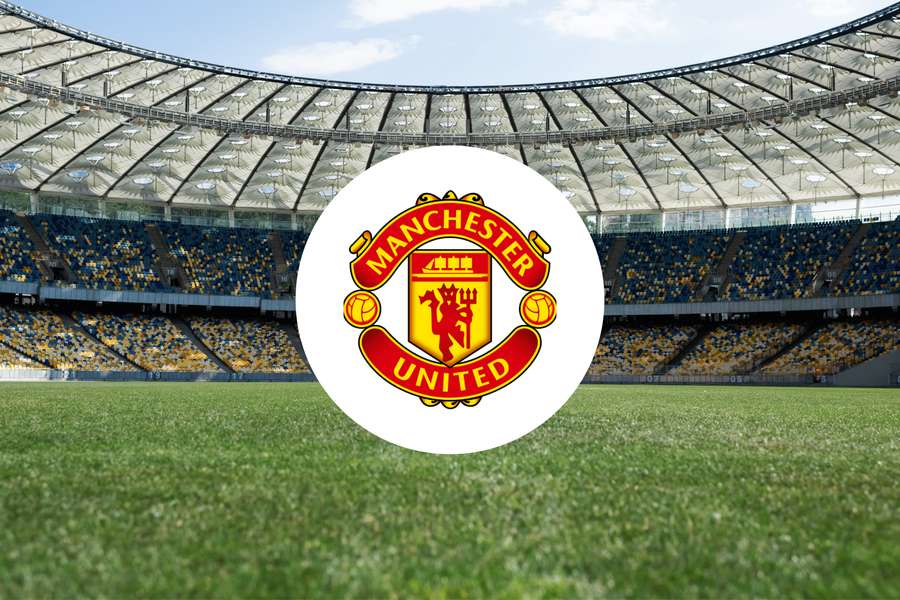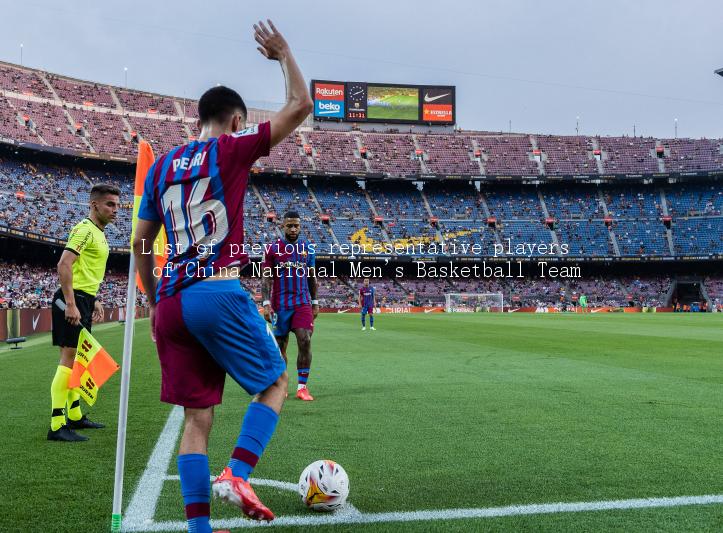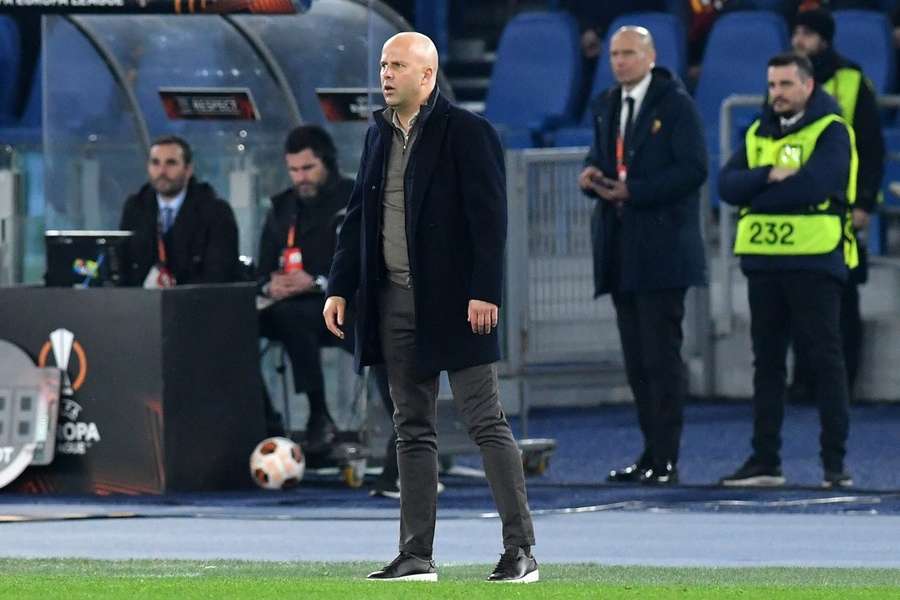Revised Title: Explaining the New UEFA Champions League Format for the Expanded 2024/25 Season: Everything You Need to Know
Major changes are on the horizon for the UEFA Champions League in the upcoming 2024/25 season.

Real Madrid won a record-extending 15th title in 2024/24, defeating Borussia Dortmund 2-0 in the final, to mark the end of an era of Europe's most prestigious club trophy.
From this year onwards, the early stage of the tournament is being changed quite significantly. The format will move from a group phase to a 'league phase', with the list of clubs expanded and the number of matches each team plays increased. UEFA is confident the alterations will make for a more exciting competition in which "bigger" clubs will face one another more often.
Read on for a full run-down of the changed format ahead of the Champions League draw on August 29.
MORE: The most successful coaches in UCL history | Will Ronaldo's UCL goal record be broken?
New UEFA Champions League format explained: What's different for 2024/25?The main difference for this season's Champions League is that the group stage has been replaced with a new 'league phase', and the number of teams competing has increased from 32 to 36.
Previously, 32 teams qualified for the initial phase of the tournament. They were then drawn into eight groups of four, with seedings used to help determine which teams were placed where. This was the 'group stage'.
From 2024/25 onwards, the first phase of the competition will see all 36 teams placed into a league format. Each team will face eight others (four at home, four away), with these matchups determined by Thursday's draw. A total of 16 teams will then qualify from this league phase to the knockout stage, which begins with the Round of 16 and follows the usual format (i.e. two-legged ties between two teams, with the winner advancing to the next round) all the way to the final.
How many teams are in the 2024/25 Champions League?There will be 36 teams in the draw for this season's Champions League league phase. That's an increase of four from recent seasons. Those four additional spots were awarded to the nations with the best co-efficient score in UEFA rankings, which, based on last season, were Germany and Italy.
You can see the updated list of qualified teams here. The final spots will be taken up once the qualifying rounds concludes this week.
What is the 'Swiss model' the Champions League is using?You may have heard this new Champions League format described as a "Swiss model". This is essentially another way of describing the switch to the new "league phase" format for the first round of the tournament proper.
You can read more about the so-called Swiss model — and why UEFA has chosen to adopt it — here.
What is the 'league phase' and how does it work?The new league phase sees 36 teams pitted together in one big table, rather than divided into groups of four.
The draw is then used to determine which teams will face one another during this first phase of the tournament. Each team will play against eight others, with four matches at home, and four away. Teams earn three points for a win and one for a draw, as is commonly the case in league football around the world.
At the end of the league phase, the top eight sides in the table will qualify automatically for the Round of 16. Teams who placed from ninth to 24th will go into a playoff round, with seeded sides from 9th to 16th drawn against unseeded opponents from 17th to 24th. The winners of those two-legged playoff ties will also advance to the Round of 16.
The bottom 12 teams at the end of the league phase are eliminated.
Seedings will still be used for the draw itself, a bit like with the old group stage, so that teams are drawn against a mixture of opponents in terms of Champions League experience and pedigree. There will be four seeding pots, and every team will be drawn to play a match against two teams from each pot. In UEFA's own words: "This gives the opportunity for clubs to test themselves against a wider range of opponents and raises the prospect for fans of seeing the top teams go head to head more often and earlier in the competition. It will also result in more competitive matches for every club across the board."
MORE: The Premier League teams who will compete in European competition in 2024/25
Can teams still drop into the Europa League?Previously, teams who finished third in their Champions League group had a certain reprieve as they would drop into the Europa League (or, in recent seasons, a Europa League playoff round). However, that is no longer the case.
From 2024/25 onwards, the teams that finish in the bottom 12 places of the Champions League's league phase do not drop into the Europa League. Instead, they are eliminated entirely from European competition for that season.
How does the knockout phase work?The knockout phase has had little change, despite the new expanded format for the league phase.
A total of 16 teams — the top eight teams in the league table, plus the winners of the playoff ties — will qualify for the Round of 16. From there, the old format of two-legged knockout ties is still in place: the winners of each tie advance to the quarterfinals, then semifinals, and the final.
When is the 2025 Champions League final?The 2025 Champions League final will take place on May 31. It will be held at Bayern Munich's Allianz Arena.
You can read more about the final's details and a full list of previous venues here.
RELATED STORIES






LATEST NEWS







